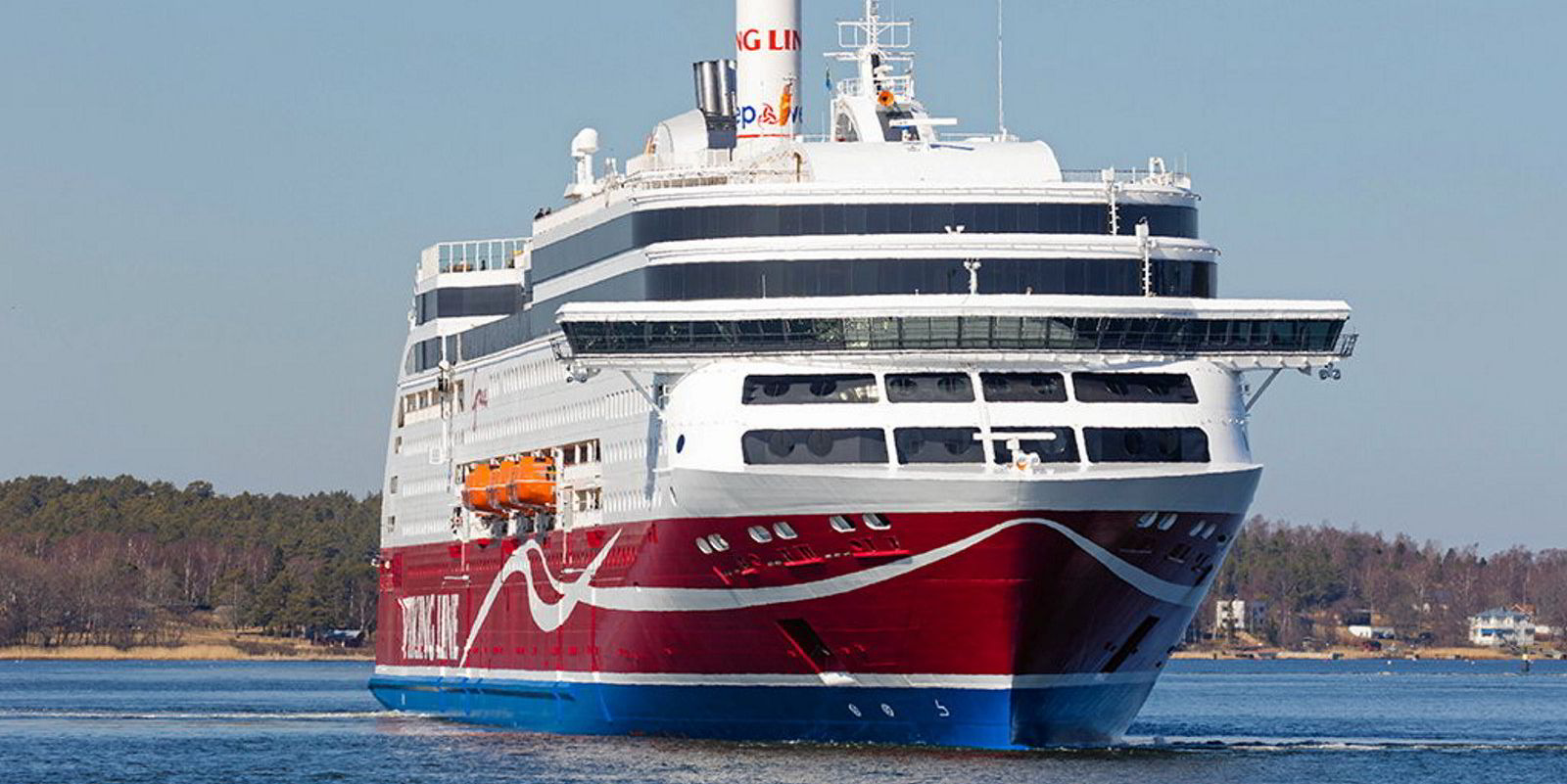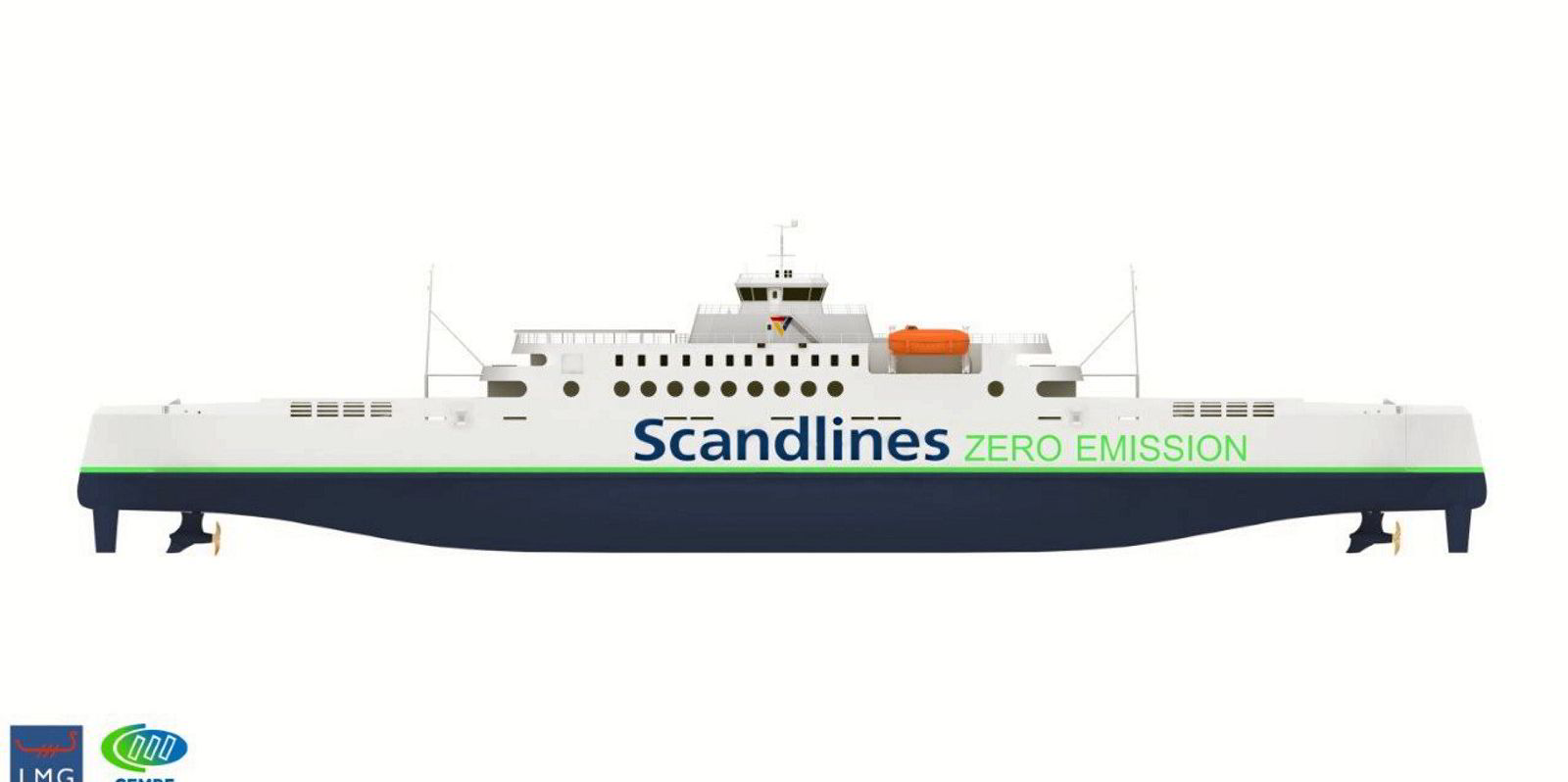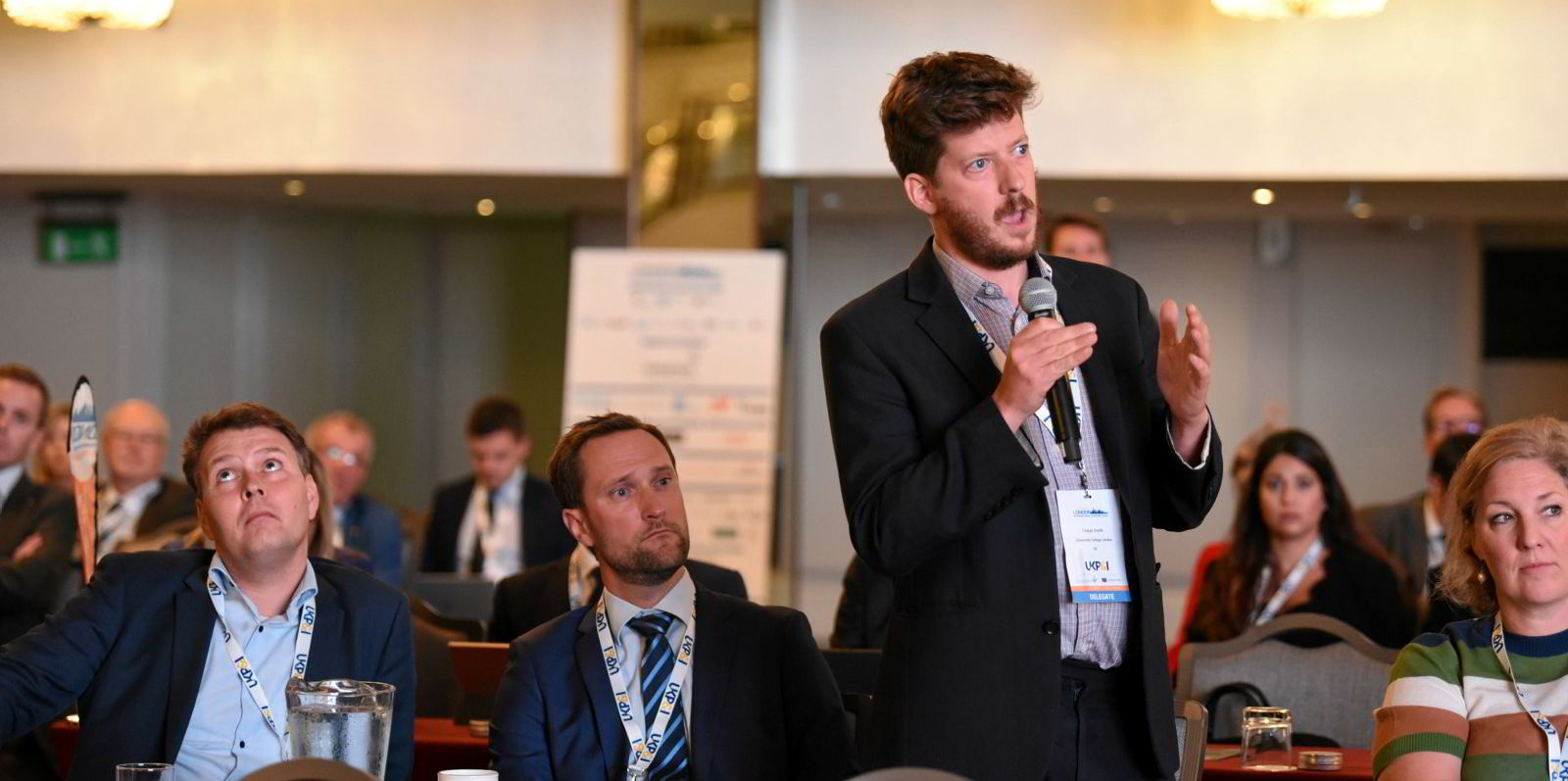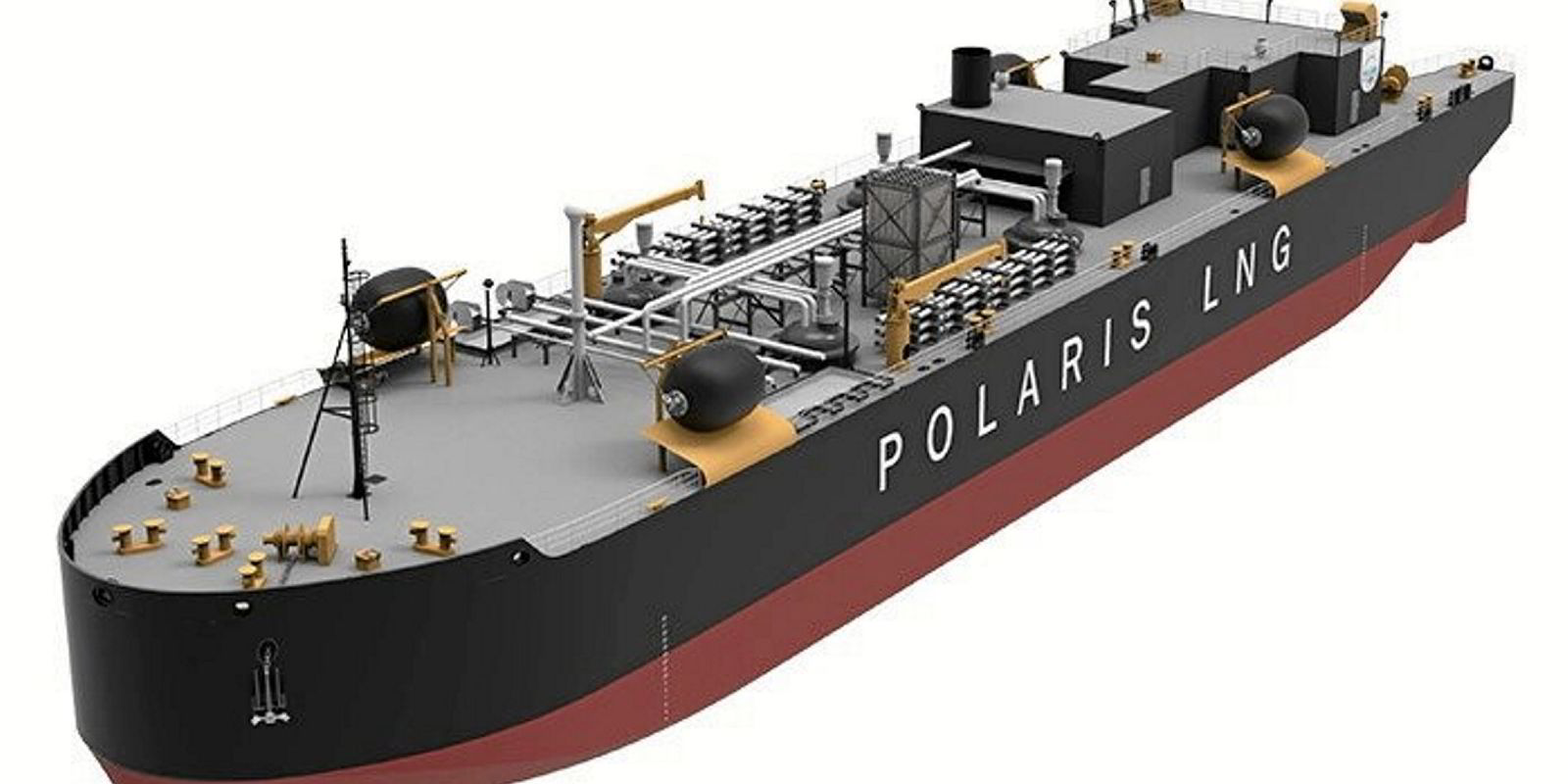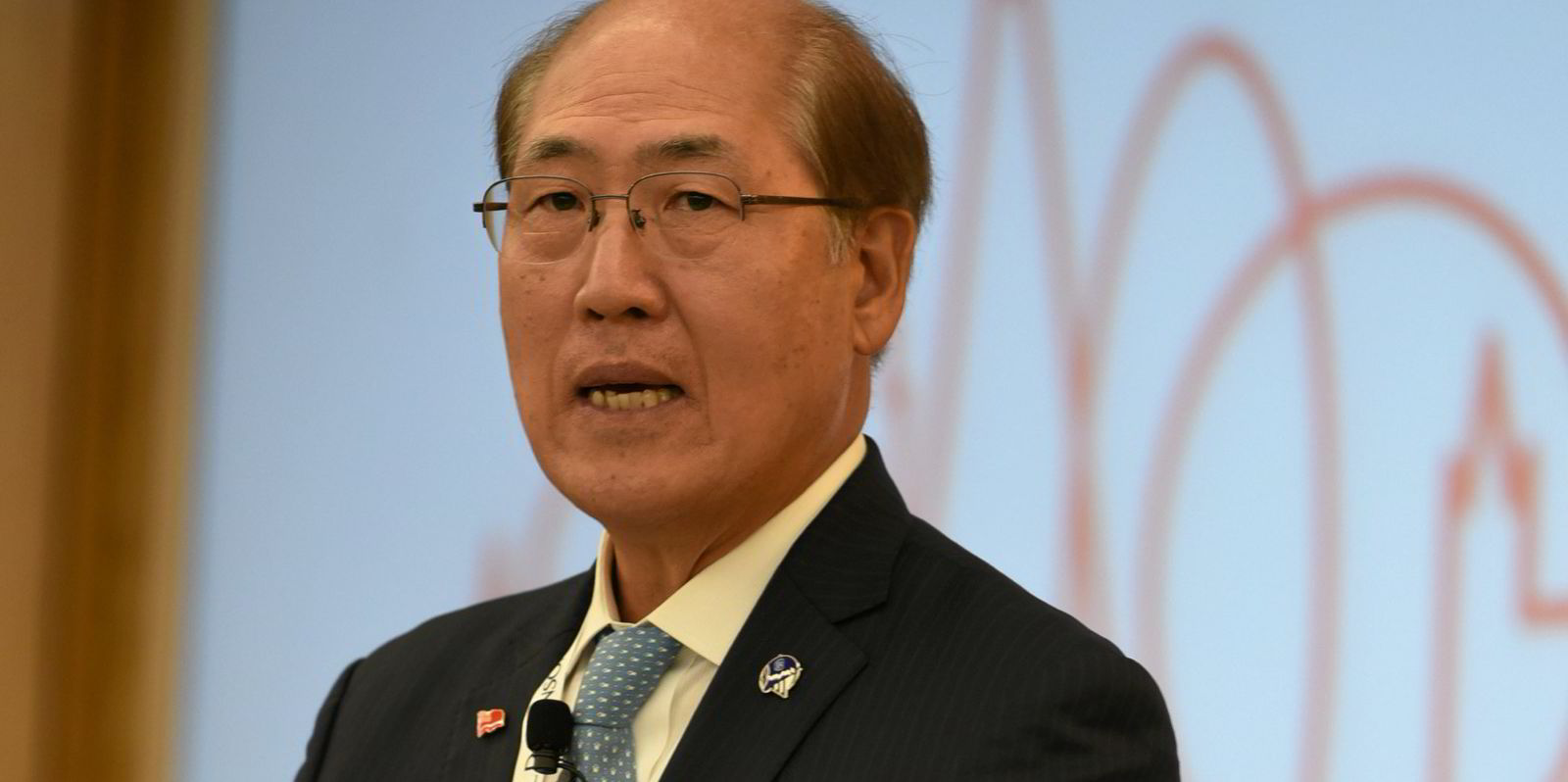LNG might not be considered an alternative fuel for the long term by the researchers at UMAS, which last month wrote a report for The Getting to Zero Coalition, but they think the way it has been adopted as a bunker fuel can act as a model for greener propulsion technologies.
In the report — Strategy for the Transition to Zero-Emission Shipping — the authors said "the adoption of LNG as a marine fuel has many components which would likely exist in future marine fuel transitions that, therefore, make it a valuable case study".
Elements of the most recent maritime fuel transition that has taken place included technical reconfiguration, bunkering overhaul and new regulations to create a market for LNG as a marine fuel, first in Scandinavia and then throughout into the world.
The report said Norway acted as a first-mover country, deploying LNG as a fuel in its local ferry industry.
Policy actors such as the Norwegian government and parliament played a crucial role in presenting LNG as a viable fuel for Norwegian domestic shipping, the report argued.
"As early as the late 1980s, political actors in Norway began to explore ways in which domestic action could promote new demand sources for natural gas," it said. "The idea of 'Norway as a gas nation' began to take hold in policy circles."
Politically, there was a strong desire to implement regulatory mechanisms that could benefit the oil and gas industry, and LNG was seen as an ideal storage method for natural gas.
The domestic ferry industry provided an ideal test bed for LNG as it was government-controlled and could provide a market for Norwegian LNG that was relatively shielded from price fluctuations, according to the report.
"The ferry industry could issue tenders for gas-fuelled ferries and the government could coordinate financial support mechanisms for research and development through existing research programmes."
Financing fund
Statoil, the state-owned oil and gas enterprise, was involved in developing LNG as a marine fuel and worked closely with state and Norwegian private enterprises on technological developments.
The Norwegian NOX Fund was also established to support the financing of low nitrous-oxide emission technologies for vessels operating in Norwegian territorial waters, and shipowners were able to tap into the fund to develop LNG-fuelled vessels.
Shipowners from Denmark and Sweden, which operated in Norwegian waters, also applied for support from the fund, facilitating the development of some of the first LNG projects in southern Sweden for the chemical tanker sector and in Denmark for the cruise ferry industry.
Over time, these LNG-fuelled vessels provided the proof of concept to other shipowners in other countries even though they were not eligible for financial support, the report concluded.
it said Swedish and Danish vessels also benefited from the early development of LNG bunkering infrastructure in Norway.
Vessels with dual-fuel engines could operate in Norway on LNG and on fuel oil in Sweden and Denmark. The development also landed contracts for Norwegian ship designers and shipbuilders.
It was also important that Norway's neighbours were members of the European Union, which has a significant innovation structure and networks, the reported added, providing funding that companies could draw on to develop and demonstrate new technologies.
It said many of the pilot LNG ships developed in Sweden, Denmark benefited from EU financial support.
Finally, the report concluded that although the Norwegian government provided early momentum, "it could not have driven it internationally without the IMO".
The report said early safety developments in Norway fed into the pool of knowledge that shaped developments at the International Maritime Organization and other countries.
The UMAS study goes on to argue that the early operation of zero-emission vessels using greener alternative fuels than LNG, which cuts carbon emission by only 20%, is likely to be associated with regular journeys on relatively simple routes with a small number of regular stops near to low-cost hydrogen production.
It added that options to incentivise first-movers through groups of like-minded countries acting together, or multilateral policy through IMO regulation, are likely to emerge. National or regional actors well-positioned to lead sub-global policy and collaboration include Norway as well as the EU, US, Japan and China.
